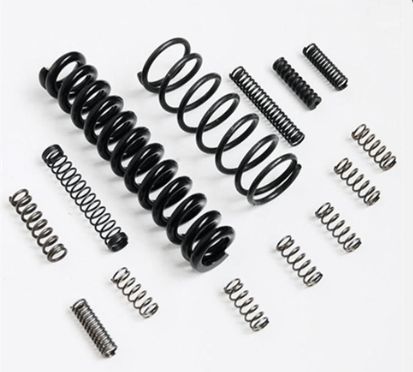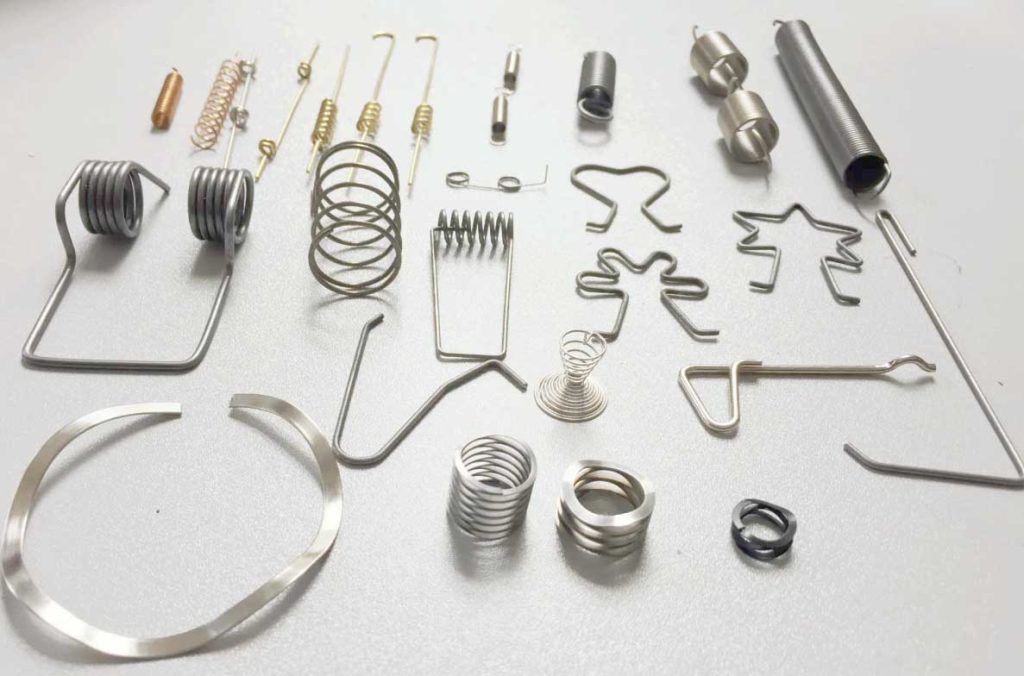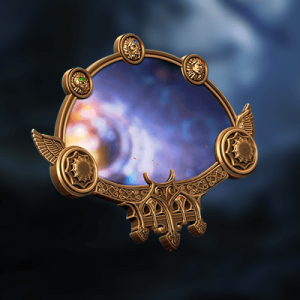Although the spring is a minor component of the manufacturing business, it serves a significant role. Various types of springs include extension springs used in fitness equipment, battery springs in remote controls, and compression springs used in ballpoint pens and bicycles. But how much do you know about these springs, such as their properties, applications, categories, and customisation, and so on? This post will provide you a general overview of the spring.

What exactly is Spring?
Definition
A spring is a mechanical component that works by utilising elasticity. Elastic materials deform when subjected to external force, and the original state is restored after the external force is removed.
Characteristics
Elongation and compression are features of springs. The spring's stiffness can be determined based on the application. The stiffness of a steel wire is determined by its diameter, the elastic modulus of the material, and its length in relation to tension and expansion.
Materials for manufacturing
Spring production materials should have high elasticity, impact toughness, and thermal treatment performance in general. Carbon spring steel, alloy spring steel, stainless spring steel, copper alloy, nickel alloys, and rubber materials are the most common materials used to make springs.
Wide Applications Of The Spring
Spring products play a significant part in the growth of the national sector. The expansion and improvement of the spring quality are required for mechanical equipment upgrading and enhanced host machine support performance. Toys, locks, staplers, ballpoint pens, fitness equipment, mattress, sofa, suspension springs for passenger cars and small vehicles, detecting instruments, automatic devices, pressure meters, and so on are all examples of where springs are employed.
The Main Categories of The Spring
The spring is classified as tension springs, compression springs, torsion springs, and bending springs based on its mechanical qualities.
It is classified as disc springs, ring springs, leaf springs, coil springs, truncated cone scroll springs, torsion bar springs, and so on based on its shape.
The most commonly used springs are compressed springs and tension springs, the majority of which may be customised by expert spring manufacturers who use CNC computer control or mechanical spring machinery for the manufacturing process, ensuring automatic and labour-saving production.
1. Torsion Spring

2. Extension Spring
3. Compression Spring
4. Disc Spring
5. Wire Spring
6. Lowering Spring
Spring Customization
Customized spring and inventory spring, which is better?
A bespoke spring is preferable when a precise spring size is required. If you need the spring right away, the inventory spring may be the best option. If you don't need to customise it, using the original spring can save you money.
These two types of springs, on the other hand, are cost-effective. In some circumstances, a customised spring is a more cost-effective option because you can acquire a correct size for the first time.
Professional custom spring supplier – KENENG

With 20 years of designing, researching, and developing, manufacturing experience, and a variety of standard and customised sizes available, KENENG is one of China's leading spring suppliers, offering both regular stock goods and customised service. KENENG, as a competent bespoke spring maker, can suit a wide range of industrial requirements, with diameters ranging from 0.1 to 80mm. KENENG can supply spring customization in the form of drawings, turning direction (left and right hand), material, finishing, wire diameter, spring force, end type (closed, grounded, close and grounded, open), and unique processing technology for the spring.







